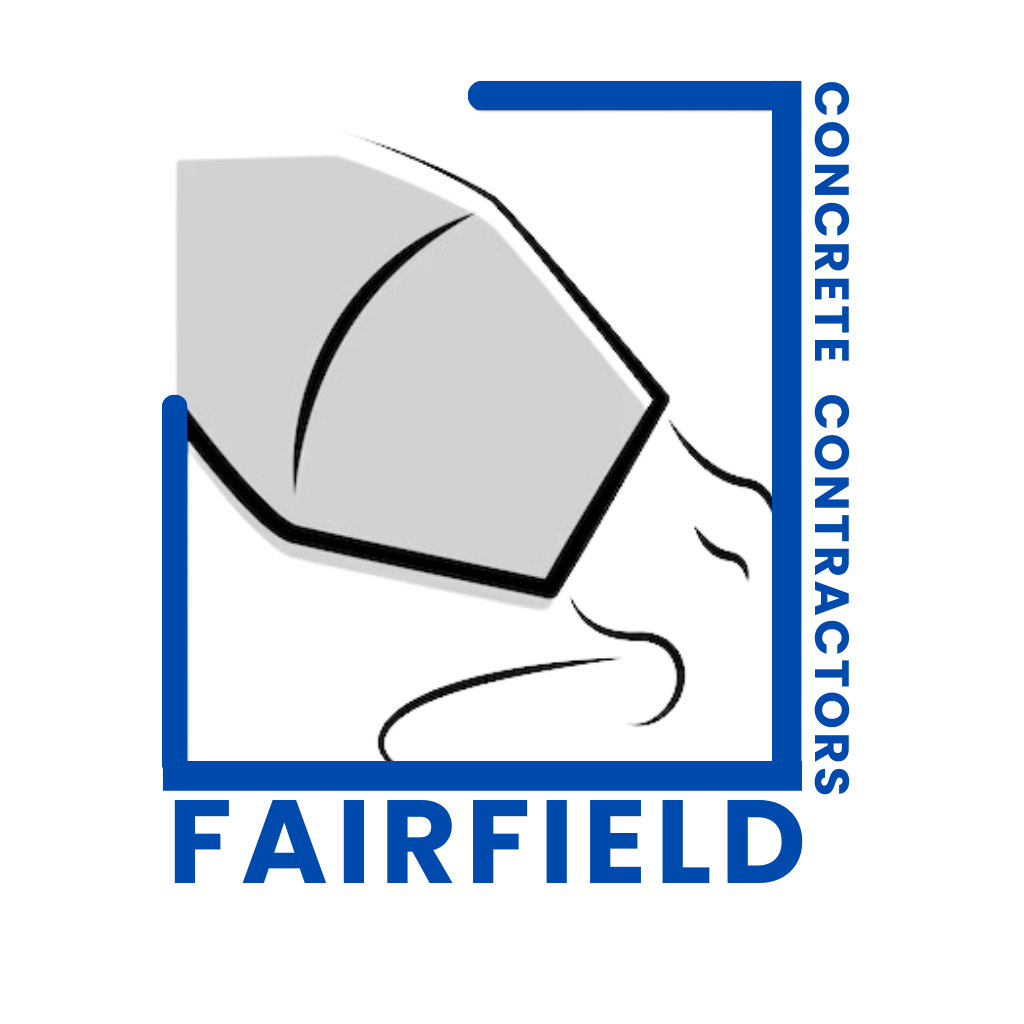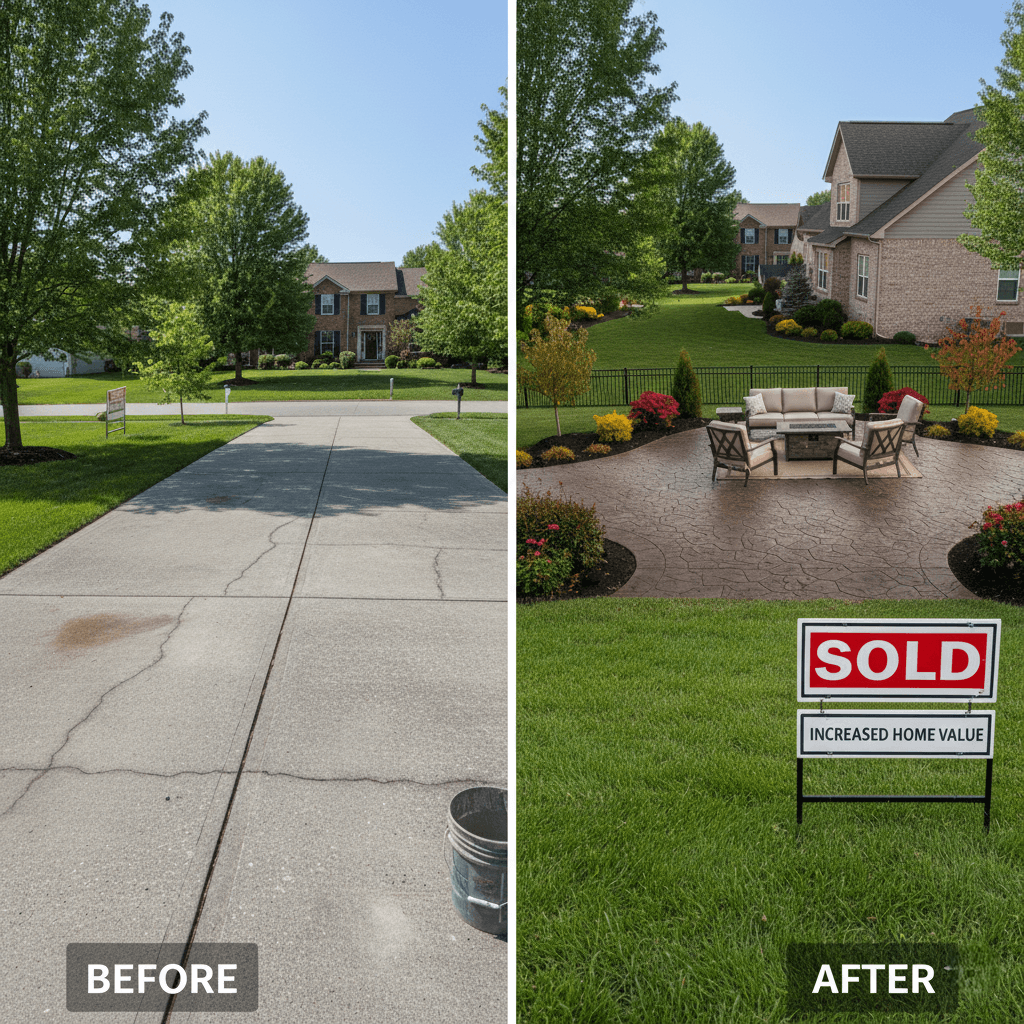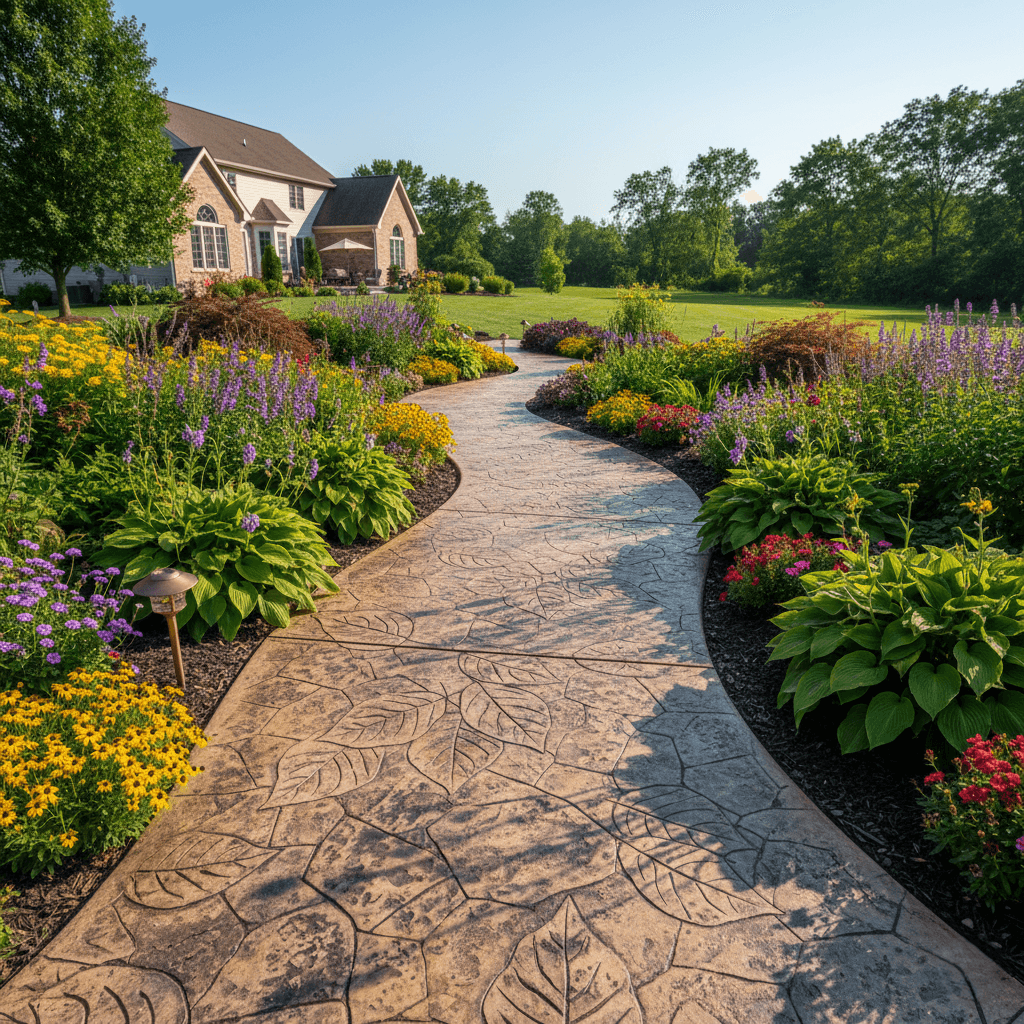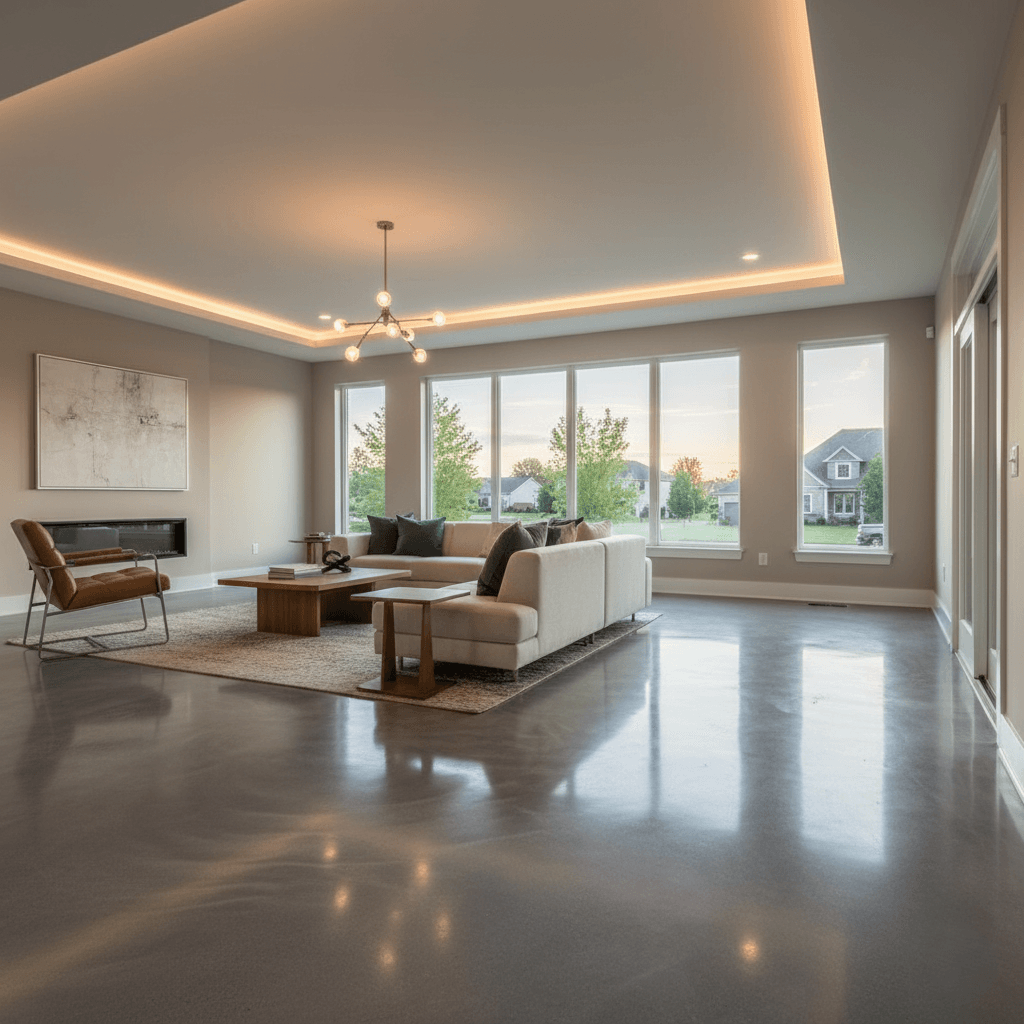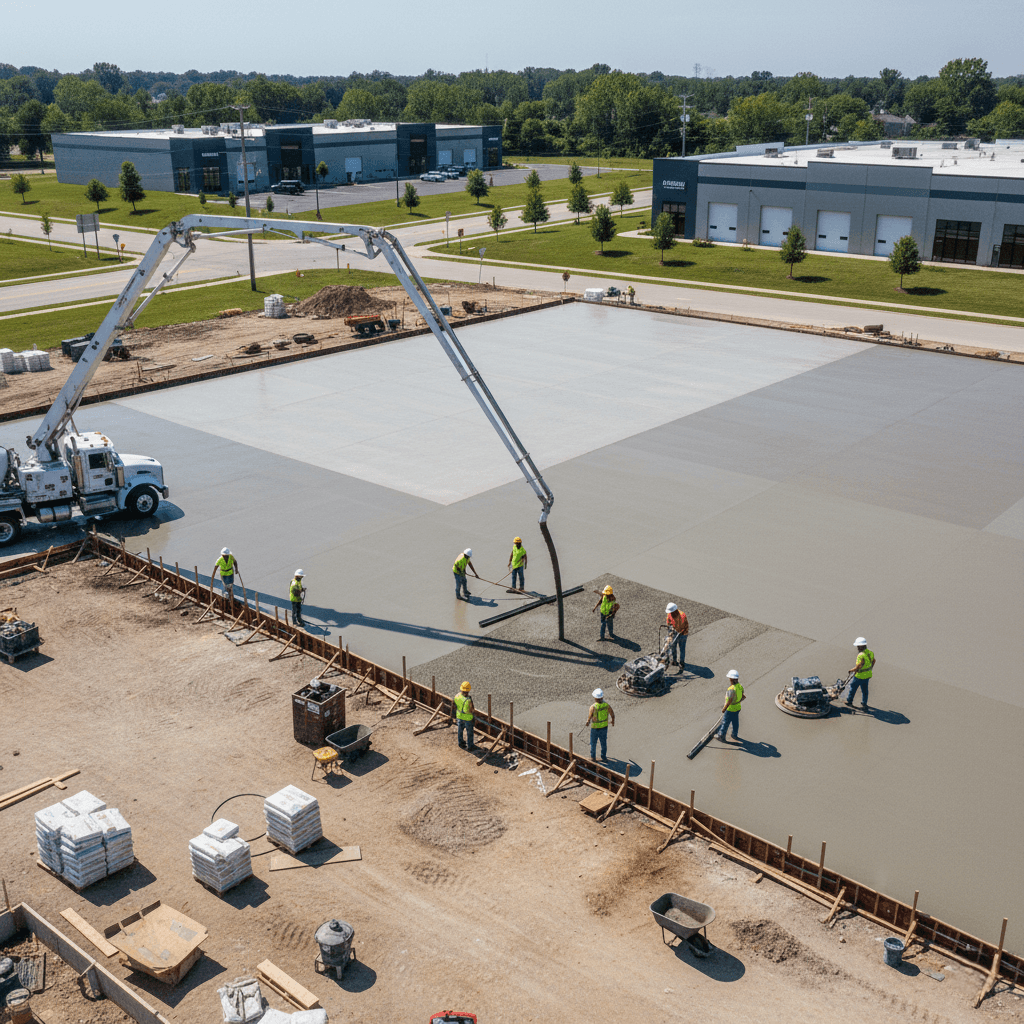
The Best Time of Year for Pouring Concrete in Fairfield, OH
Pouring Concrete Fairfield
Successful concrete projects in Fairfield depend heavily on timing installations during optimal weather conditions that promote proper curing and long-term durability. Ohio’s continental climate creates distinct seasonal challenges that affect concrete placement, with temperature, humidity, and precipitation patterns directly influencing the strength and quality of finished installations. Professional contractors understand that choosing the right time for concrete work prevents costly problems while ensuring maximum structural integrity and aesthetic appeal. Strategic scheduling considers multiple factors, including temperature ranges, weather stability, and seasonal precipitation patterns specific to Butler County conditions. Smart timing decisions protect investments while delivering superior results that withstand Ohio’s challenging climate variations throughout the year.
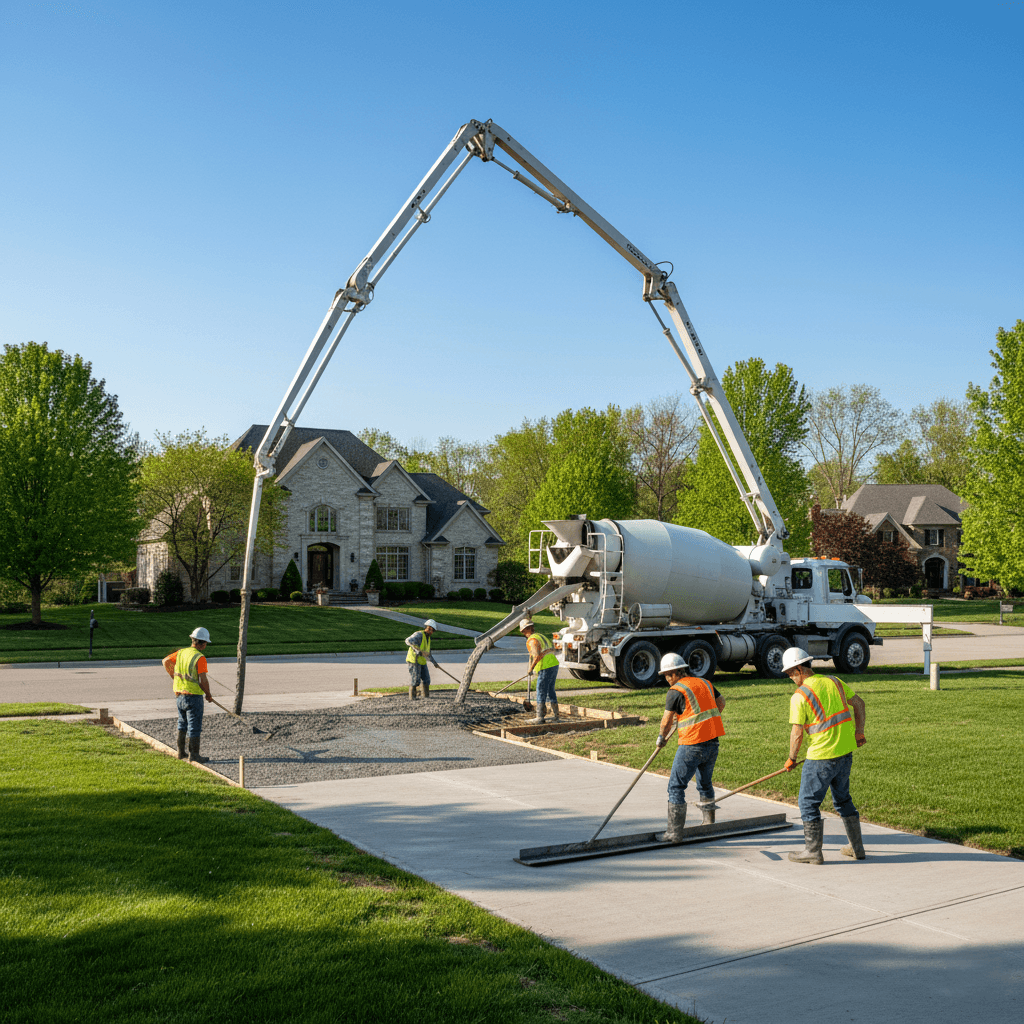
Optimal Temperature Ranges for Concrete Installation
Experts agree that the best temperature for pouring concrete is between 40°F and 60°F, providing ideal conditions for proper curing without requiring special protection measures. The sweet spot for concrete work is when temperatures are between 40 degrees Fahrenheit and 60 degrees Fahrenheit, creating natural conditions that support optimal chemical reactions during the hydration process.
When temperatures dip below 40°F, the chemical reactions that strengthen concrete slow down and can lead to weaker concrete that doesn’t achieve its intended strength characteristics. Conversely, when air temperatures exceed 77°F, rapid curing can create surface defects, cracking, and reduced durability that compromises long-term performance.
Temperature Impact on Concrete Quality
The ideal temperature for pouring concrete allows proper curing while avoiding extreme conditions that can cause shrinkage or cracking problems. Concrete curing temperatures below freezing cause water inside the concrete to freeze and expand, resulting in internal damage that may not be immediately visible but significantly weakens the structure.
Hot weather conditions accelerate the curing process, which may lead to surface cracking if not managed carefully through specialized techniques. Concrete cures best in a range between 70° to 80° F, but as temperatures approach 90° F, installation procedures must be modified to prevent rapid surface drying and thermal stress.
Spring: The Prime Season for Concrete Projects
Ideal Spring Conditions
Spring is often an excellent time for concrete pouring because temperatures begin to stabilize after winter’s harsh conditions. Spring typically offers moderate temperatures ranging from 50°F to 70°F, which are ideal for concrete curing without requiring special heating or cooling measures.
The best time to pour concrete is during warmer months, typically mid-April through mid-October, when natural conditions provide optimal curing environments. These months ensure concrete will achieve maximum strength and durability while making mixing and pouring processes more manageable for installation crews.
Spring Weather Advantages
Spring weather patterns in Fairfield generally feature stable conditions with moderate humidity levels that support proper concrete hydration without excessive moisture loss. Consistent temperatures during the spring months reduce the risk of thermal stress that can cause cracking during the critical early curing period.
Longer daylight hours during spring provide extended working windows for complex projects while avoiding the temperature extremes of summer and winter. Professional contractors can schedule installations during optimal morning and afternoon temperatures while maintaining consistent working conditions throughout project completion.
Fall: The Second-Best Installation Season
Fall Weather Benefits
Moderate temperatures with little precipitation make fall conditions excellent for concrete placing throughout Butler County. September through November typically provides stable weather patterns that support successful concrete installation with minimal weather-related complications.
Fall is another ideal season for pouring concrete due to moderate weather conditions, though contractors must monitor forecasts carefully for sudden temperature drops that can affect curing processes. Completing projects well before the first frost ensures adequate curing time without cold-weather protection requirements.
Late Fall Considerations
A sudden cold front or snowstorm can arrive as early as September in Ohio, making weather monitoring essential for fall concrete projects. Cold weather protection may be needed during nighttime hours later in the season, particularly for projects extending into November.
Scheduling concrete work during the fall requires coordination with seasonal weather patterns while accounting for shorter daylight hours and potential precipitation events. Professional contractors plan fall installations with appropriate contingencies for unexpected weather changes that could affect project timelines.
Summer Challenges and Solutions
Hot Weather Concrete Issues
Summer conditions in Ohio can create challenging environments for concrete installation when temperatures exceed recommended ranges. Hot weather accelerates the setting and hardening of concrete, which can lead to difficulties in finishing operations and potential surface defects if not managed properly.
High temperatures during summer months require specialized techniques, including chilled mixing water, early morning or evening placement schedules, and enhanced curing procedures. Contractors must adjust mix designs and installation procedures to compensate for accelerated hydration rates that occur when ambient temperatures rise above 80°F.
Managing Summer Heat
Professional contractors use several strategies to ensure quality concrete placement during hot weather, including scheduling pours during cooler hours of the day. Early morning and evening installation windows provide more manageable temperatures while reducing the risk of rapid surface drying and thermal cracking.
Concrete work during the summer months often requires additional labor costs and specialized materials to maintain quality standards. Contractors may use retarding admixtures, chilled water, and accelerated curing compounds to compensate for challenging environmental conditions while maintaining structural integrity.
Winter Limitations and Cold Weather Protection
Cold Weather Challenges
Winter concrete installation in Ohio requires extensive cold-weather protection to prevent freezing damage during the critical early curing period. Temperature must be maintained above 50°F for at least 48 hours after placement to allow concrete to achieve adequate strength before exposure to freezing conditions.
Cold-weather concrete placement significantly increases project costs through heating requirements, insulation materials, and extended curing protection periods. Many contractors in Butler County suspend outdoor concrete work during December through February due to unpredictable weather patterns and expensive protection requirements.
Freeze Protection Requirements
Protecting concrete from freezing during the first 24-48 hours is critical for achieving design strength and preventing permanent damage. Heated enclosures, ground thawing, and continuous temperature monitoring become necessary when ambient temperatures drop below 40°F during placement and early curing.
Cold weather protection methods include using heated aggregates, warm mixing water, and insulated blankets or heated enclosures over newly placed concrete. These additional requirements significantly increase project complexity and costs while extending completion timelines compared to favorable weather installations.
Planning Your Concrete Project Timeline
Seasonal Scheduling Strategy
Successful concrete projects require advanced planning that considers seasonal weather patterns and contractor availability throughout Butler County. Spring and fall months typically have higher demand for concrete services, making early scheduling essential for securing preferred installation dates.
Property owners should begin planning concrete projects 2-3 months in advance to ensure optimal timing and contractor availability. This planning window allows for proper site preparation, permit acquisition, and scheduling during favorable weather conditions that support quality installation.
Weather Monitoring and Flexibility
Modern weather forecasting provides reliable predictions for temperature and precipitation patterns that affect concrete placement decisions. Contractors monitor extended forecasts to identify optimal installation windows while maintaining flexibility for last-minute adjustments based on changing conditions.
Successful concrete installation requires backup dates and contingency plans for weather-related delays. Professional contractors maintain flexible scheduling practices that prioritize concrete quality over rigid timelines, ensuring superior results regardless of seasonal challenges.
At Fairfield Concrete Contractors, we understand the critical importance of timing concrete installations to achieve optimal results in Butler County’s challenging climate conditions. Our experienced team monitors weather patterns year-round to recommend the best installation windows for your specific project needs, combining decades of local experience with proven techniques that deliver superior concrete performance. From spring installations that take advantage of ideal curing conditions to fall projects completed before winter weather arrives, we provide expert guidance and professional installation services that protect your investment through proper seasonal timing and quality construction practices.
